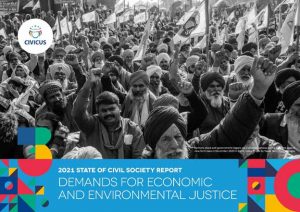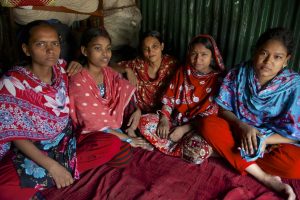By Sohan Prasad ShaThe splinter group led by Mohan Baidya, the Communist Party of Nepal-Maoist (CPN-M), has been causing anxiety in Nepal’s political circles for many reasons. First, if CPN-M will join the election to be held in November for the second constituent assembly (CA). Second, what will be the consequences if CPN-M does not join the election? Ironically, in Nepal, even if both issues appear to be mutually exclusive at this stage, the current uncertainty implies that it will significantly influence the political process. In such a scenario, any attempt to underplay or side step Mohan Baidya’s faction will seriously undermine the legitimacy of the political process required for the CA 2. Legitimacy and consensus are more important as the outcome of the CA 1 were not very encouraging.
Nepal’s Election Dilemma
The fault-line of the election process became visible with the establishment of the current government, led by Chief Justice (CJ) Khil Raj Regmi, through extra constitutional arrangements which were considered necessary to facilitate the election process for wide consensus. However, the onus of conducting free and fair elections is not on the government but on a supra-political body called ‘High Level Political Committee (HLPC)’. Baidya’s group considers the HLPC and the interim government as merely a ‘political syndicate’, as it is dominated by the major political parties in Nepal. This duality (of elections and an existing mechanism tasked with conducting elections) itself becomes a major contention for the Mohan Baidya-led CPN-M group. However Baidya’s demand for the dissolution of the CJ-led government is myopic as it will amount to a reversal of the electoral process.
Another fault line of the election process is the covert and overt threat of obstructing the November elections by Baidya’s group. Credible or not, the radical faction of Baidya’s group is unlikely to obstruct the constitution-making process as it will further accentuate the political stalemate.
It is well known that the only feasible way out of this political impasse in Nepal is to get a fresh mandate through election. Hence, it is necessary to strengthen the negotiations with Baidya’s group and set the right terms to make the election a priority.
Baidya’s Conundrum
Baidya’s group has its own fault-lines drawn along inter and intra party lines. First, if Baidya’s group joins the election then it will face difficulty in justifying its split from the Unified Communist Party of Nepal (Maoist) (UPCN-M). Moreover, CPN-M justified its split in protest of the regressive force and by declaring itself a custodian of national sovereignty. They advocated for a country-wide protest to fuel subjective/objective circumstances for revolution, which they thought was betrayed by their parent party. Thus it is not an easy task for the Baidya group to make its transition to electoral politics and arbitrate in the electoral process impartially. Second, Baidya’s group is actively advocating for a round table conference with all the stakeholders of the constitution to safeguard and settle outstanding constitutional issues. However, there is confusion, rather mistrust, in the idea of this round table conference. If all the contentious constitutional issues are to be settled in a round table formate with political stakeholders then what is the relevance of the CA 2 election? Can such a round table conference be the legitimate means for settling constitutional issues? Third, if the November election takes place but if Baidya’s group decides to obstruct the election, what will be the consequences? CPN-M as a radical splinter has some cadre base support that may play an obstructionist role in spoiling the election. Fourth, even if Baidya’s group is able to obstruct the election, the HLPC may brand them as spoilers who obstructed the constitution-making process and reinforced political indecision in Nepal. If Baidya’s group does not participate in the election then it may lose some popular support, not cadre but a mass of people who sympathise with the cause. In case elections are held successfully, the Baidya group will face political isolation which they can ill-afford at this juncture of Nepali politics. The Baidya group is therefore at a crossroads and it has a difficult choice to make.
Other things remaining constant, it is well said that ‘failing to plan is planning to fail’. While election is a top priority, political negotiations are the need of the hour, and all possible ways have to be explored to reach an optimal solution between the HLPC and CPN-M group led by Mohan Baidya. However, if give and take is a part of negotiations then a round table conference can be used for effective political bargaining, even if it does not resolve the contentious issues relating to the constitution. Such an exercise can be used at least to reinforce/guarantee the major work done by the previous CA 1. In this backdrop, some signals from CPN-M for unification with UCPN-M or talk of a tactical alliance for the November election is a good sign for Nepali democracy. Any attempt by HLPC aimed at downsizing CPN-M or CPN-M’s ‘carrot and stick’ approach towards HLPC will merely complicate the election dilemma. Let us hope that optimism prevails in the political dialogue which is essential for bridging the sharp political divisions and give a chance to ‘the people of Nepal’.
Sohan Prasad Sha, Research Scholar, Jawaharlal Nehru University – Eurasia Review




